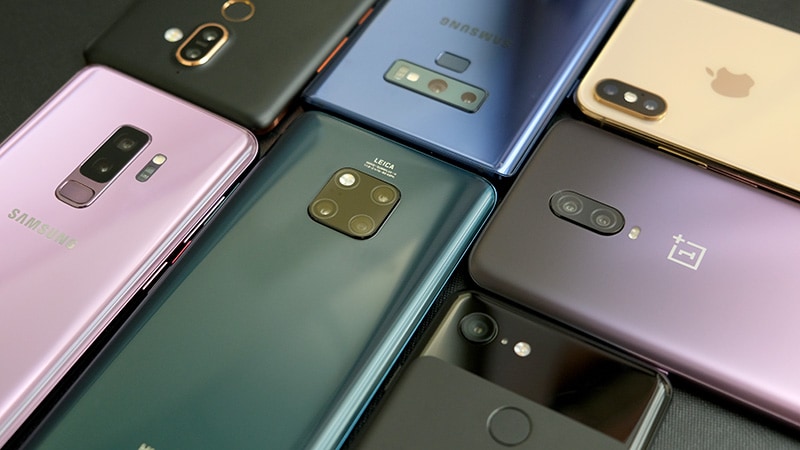 Fineas and I met up first to first dissect the phone. Fineas was able to dissect it using a kit and looking at YouTube videos for help. I helped with the process. From here, we took pictures of a few main components found in the phone which we would later use to figure out where the materials came from. We put the phone back together after we got everything we needed.
Fineas and I met up first to first dissect the phone. Fineas was able to dissect it using a kit and looking at YouTube videos for help. I helped with the process. From here, we took pictures of a few main components found in the phone which we would later use to figure out where the materials came from. We put the phone back together after we got everything we needed.After this, we put all the information that we needed into the story map. We met up again but this time it was to discuss our ideas and talk about finalizing the story map. We figured out how we wanted to put the information together because the story map would act as our presentation slide.
In the story map, we decided to add the location of each step it takes to get back to the materials and put a bit of information on the slides. We didn't want to overload the slides with information as it would be hard to read and wouldn't look pleasing. We added pictures that represented the places as it was pretty difficult to get actual pictures of the locations.
We started the story map off in Ireland which was the end location and moved our way to Poland as this is where OnePlus' warehouses are for Europe. Next was India, which is where Oneplus assemble their phones and ship them to the other OnePlus warehouses. China is where OnePlus are located, more specifically, Shenzhen Guangdong. They manufacture the products here and this is where the materials are stored.
We would then go onto the materials which we had search and wrote about in the last article. We also added some information on the life of a factory worker and how work is in the mines. What we found out was pretty shocking. The life of an average factory and miner is a difficult life as they work many hours and they don't get payed fairly. Foe example, workers are sometimes made to fill out a false time sheet stating that they worked less hours than they did.
Keep in mind that this may not be the case for every factory worker and miner and there is no evidence that OnePlus' don't treat their workers unfairly. It was still very shocked as this is still happening
Overall, I was impressed of how the project turned out and I was surprised on how much of the materials came from China itself. I'm glad I did the project as I learnt more information on phones and how they are built.
The story map is available here.

